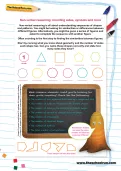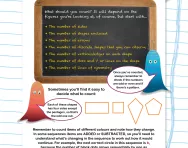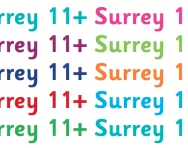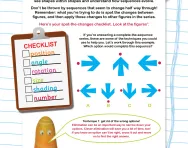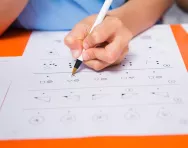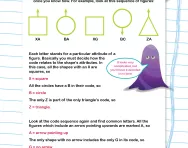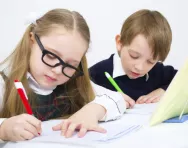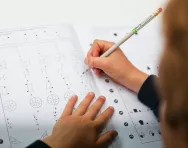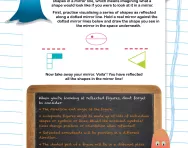TheSchoolRun.com closure date
As we informed you a few months ago, TheSchoolRun has had to make the difficult decision to close due to financial pressures and the company has now ceased trading. We had hoped to keep our content available through a partnership with another educational provider, but this provider has since withdrawn from the agreement.
As a result, we now have to permanently close TheSchoolRun.com. However, to give subscribers time to download any content they’d like to keep, we will keep the website open until 31st July 2025. After this date, the site will be taken down and there will be no further access to any resources. We strongly encourage you to download and save any resources you think you may want to use in the future.
In particular, we suggest downloading:
- Learning packs
- All the worksheets from the 11+ programme, if you are following this with your child
- Complete Learning Journey programmes (the packs below include all 40 worksheets for each programme)
You should already have received 16 primary school eBooks (worth £108.84) to download and keep. If you haven’t received these, please contact us at [email protected] before 31st July 2025, and we will send them to you.
We are very sorry that there is no way to continue offering access to resources and sincerely apologise for the inconvenience caused.
Non-verbal reasoning: Counting sides, symbols and more
What does non-verbal reasoning mean?
Non-verbal reasoning refers to the ability to understand and analyse visual information and solve problems using visual reasoning. This type of reasoning involves recognising patterns, relationships and logical rules without relying on language-based skills.
Non-verbal reasoning tests often include tasks such as identifying the next shape in a sequence, finding the odd one out among a group of figures or matching shapes based on their similarities and differences.
What is an example of a non-verbal question in the 11 plus test?
Here is a simple example of a non-verbal question that could appear in an 11+ test:
First, your child will be given a visual image of a sequence of shapes that follows a pattern.
Your child needs to figure out what comes next.
Example of a sequence of shapes:
- An image of a circle
- An image of a square
- An image of a triangle
- An image of a circle
- An image of a square
They will then be asked a question like this: What shape comes next?
Your child will usually be given a selection of choices, such as:
a) Triangle b) Circle c) Square d) Star
Here's what your child will need to do:
- Look at the shapes in order: circle, square, triangle, circle, square.
- Notice that after the square comes a triangle, and after the triangle comes a circle.
- Notice that the sequence repeats every three shapes: circle, square, triangle.
So, the correct answer to the non-verbal question is: a) Triangle
How does this 11 plus worksheet help your child with non-verbal reasoning questions?
Your child may also need to count sides of a figure as part of their non-verbal reasoning question. In this series of exercises, created by an 11+ expert, the first two shapes are related by a specific feature they have in common. Your child will need to choose the one figure from the five choices that is most like the two figures on the left. This will help them practise non-verbal skills and build their confidence for the 11+ test.
For more help with the 11+, check out our hub page, or try another challenge such as our Non-verbal reasoning: Cryptography revision.
